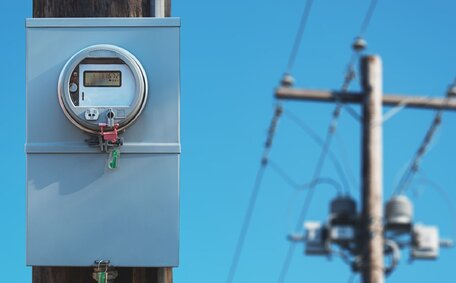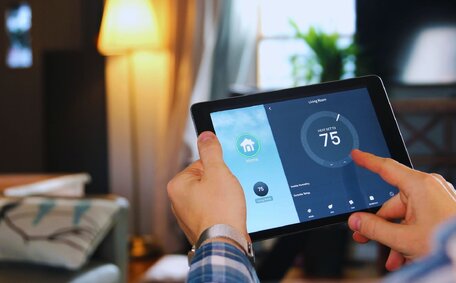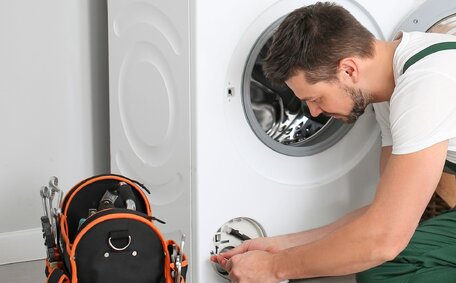
Energy Efficiency Tips for Appliance Installation
Proper appliance installation plays a key role in energy efficiency. Learn practical tips to reduce energy consumption and lower your utility costs with every new installation.
Read MoreTired of shelling out hundreds to energy retailers? It might be time to consider lowering your energy use!
Taking small steps today can not only shrink your bills but also help our planet in the long run!
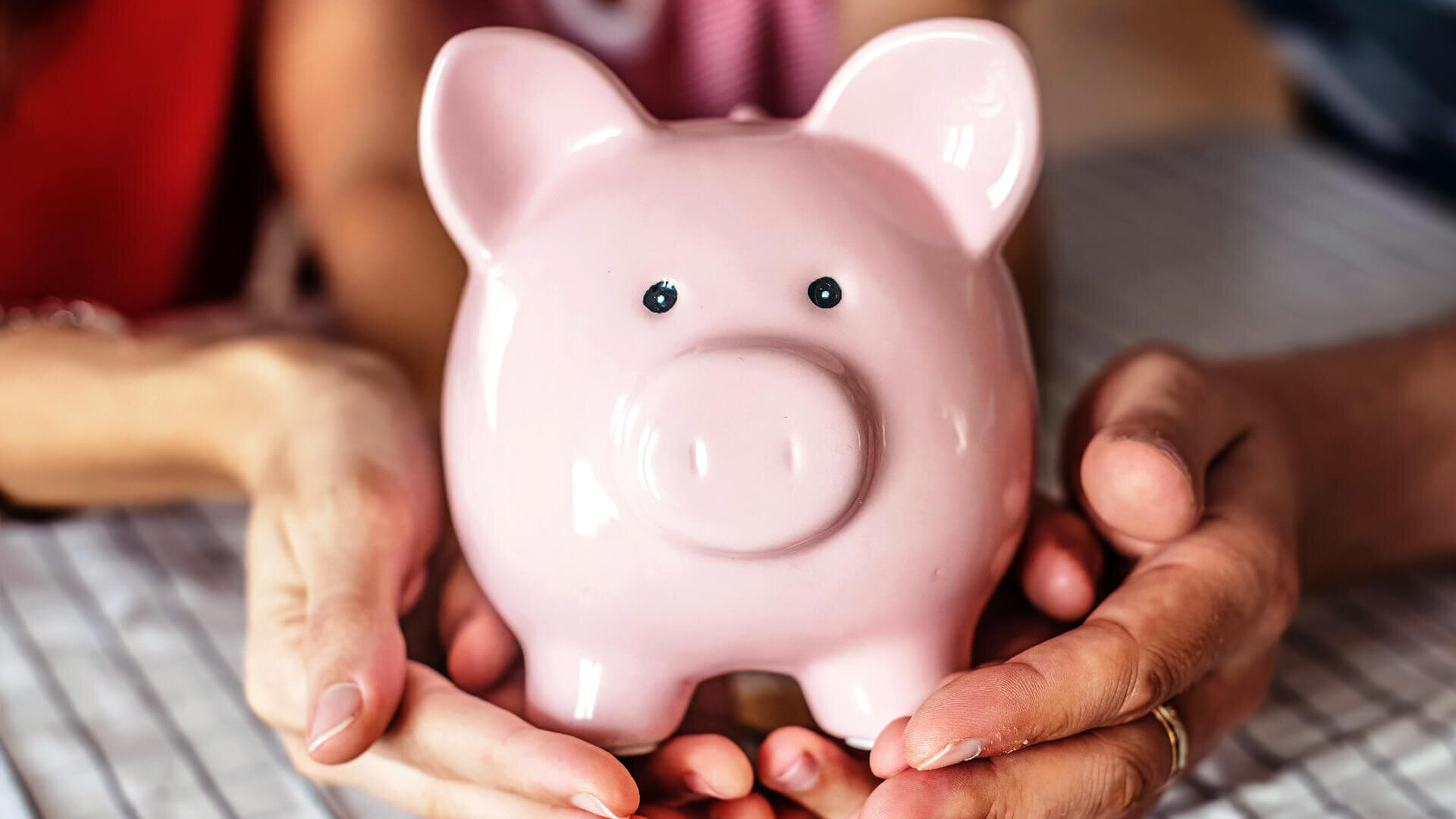
High energy use isn’t just bad for the environment; it can also torch your wallet. We rely on heating, cooling, outdoor lighting, and pool pumps—major electricity guzzlers. Yet, they’ve become essential in our daily lives.
With a bit of caution, you could dodge those steep energy bills month after month. But that’s not always necessary. We’ve got some handy tips to help you save energy and cash!
So, let’s dive into ways you can boost your home’s energy efficiency!
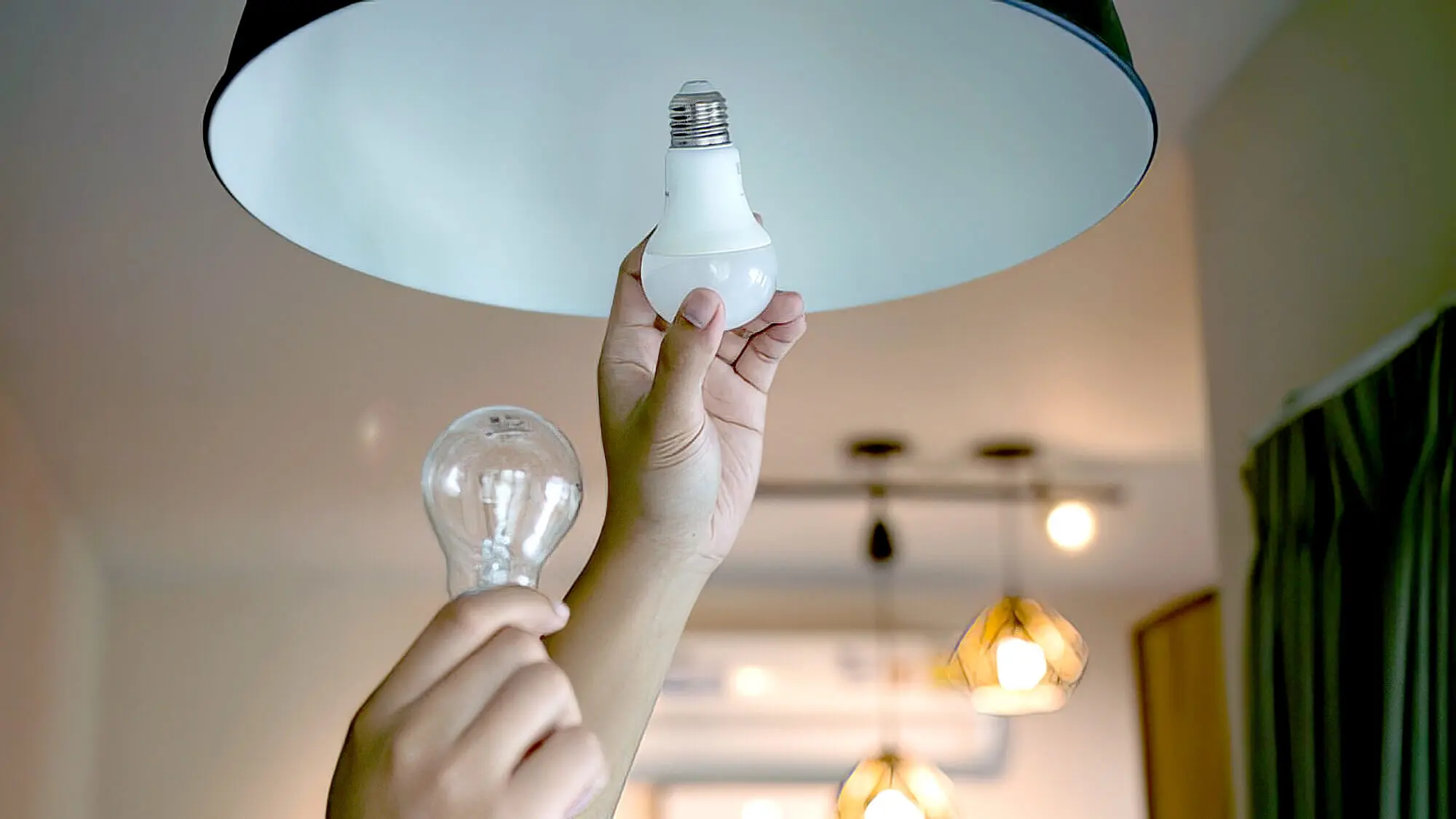
Before overhauling your home for energy savings, consider how small, daily habit changes can work wonders. Sure, energy-efficient products cut costs, but starting simple is key.
Turn off devices like ceiling fans when they’re not needed. You can also cut electricity use by handling tasks manually instead of relying on appliances.
For instance, washing clothes in cold water or putting them on the clothesline for hang-drying instead of using a dryer to dry clothes. And open windows to let natural light in during the daylight hours instead of switching on the lights unnecessarily.
We know you love warm air in the winter, but even small changes like turning down the heating a little during or reducing the use of an air conditioner during summer can reduce your energy bills. After all, thermostats, hot water systems and air conditioner models can significantly increase your energy bill. Installing fans is a great way to reduce cooling costs and the energy needed to keep the heat down.
As a new homeowner, you might not know which appliances usually drive up energy costs. In such cases, you can check the back of the appliance or the instruction manual for its wattage and energy consumption range. By adjusting its usage, you can achieve optimal energy efficiency. For example, removing a second fridge can make a big difference.
If you are cautious and make a few lifestyle changes focused on reducing energy usage, you will surely be able to reduce energy costs.
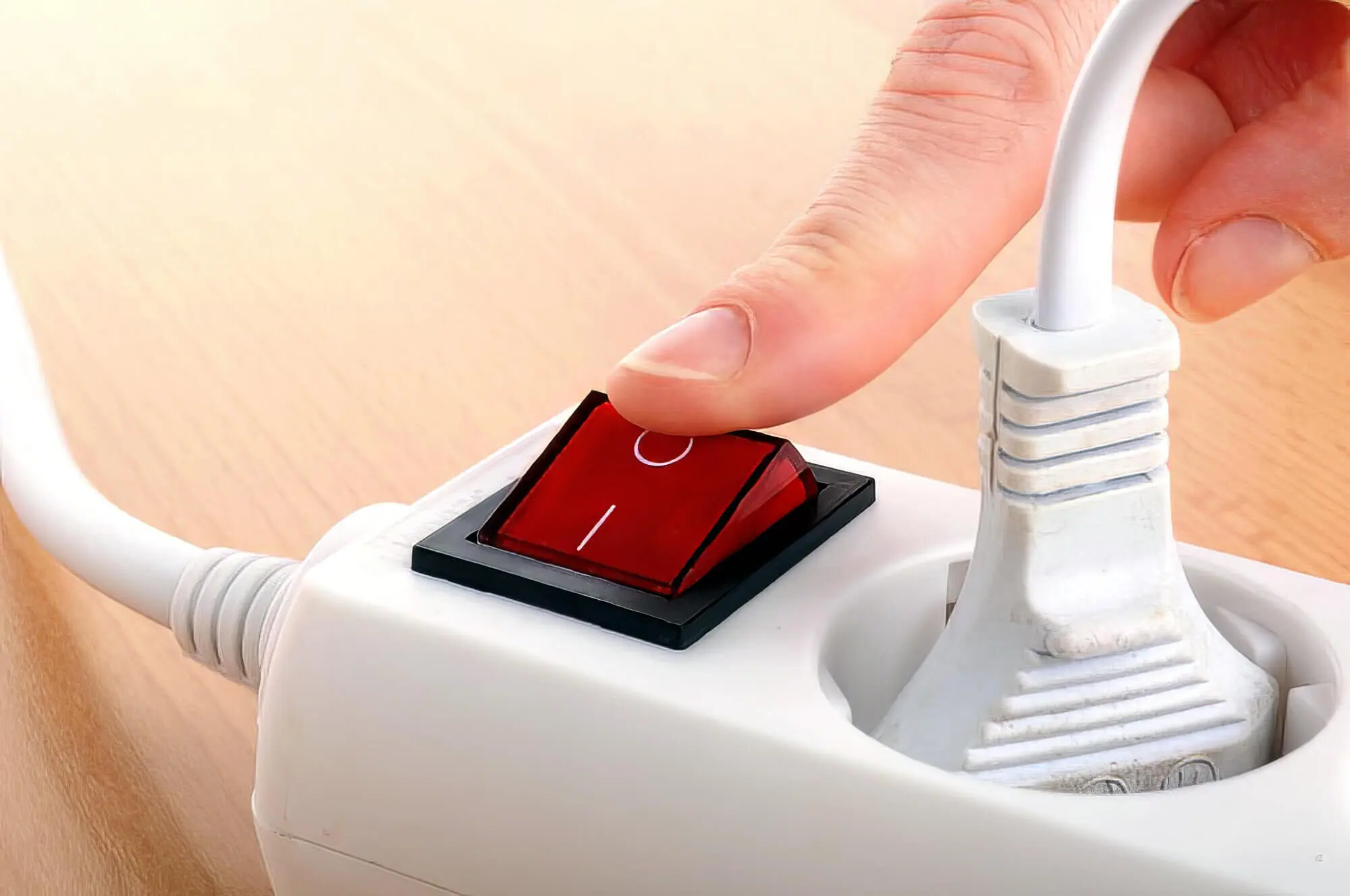
You would be surprised to know that one of the major sources of consumption in every household is the “ phantom load.”
When turned off or placed in standby mode, appliances consume electricity. This accounts for almost 10% of the power consumption in every household. So, standby power consumption determines how much energy you spend monthly on energy use.
Consider installing smart power strips to avoid this problem and reduce your energy bill. This will limit energy and electricity consumption by reducing the phantom load. So when you turn off a device, it is turned off entirely without using any energy.
The beauty of smart power strips lies in their ability to switch off automatically at set times. This little trick ensures you’re not wasting energy or money.
You might have seen traditional incandescent lights when visiting grandparents. They may help you achieve a vintage aesthetic but are not energy-efficient.
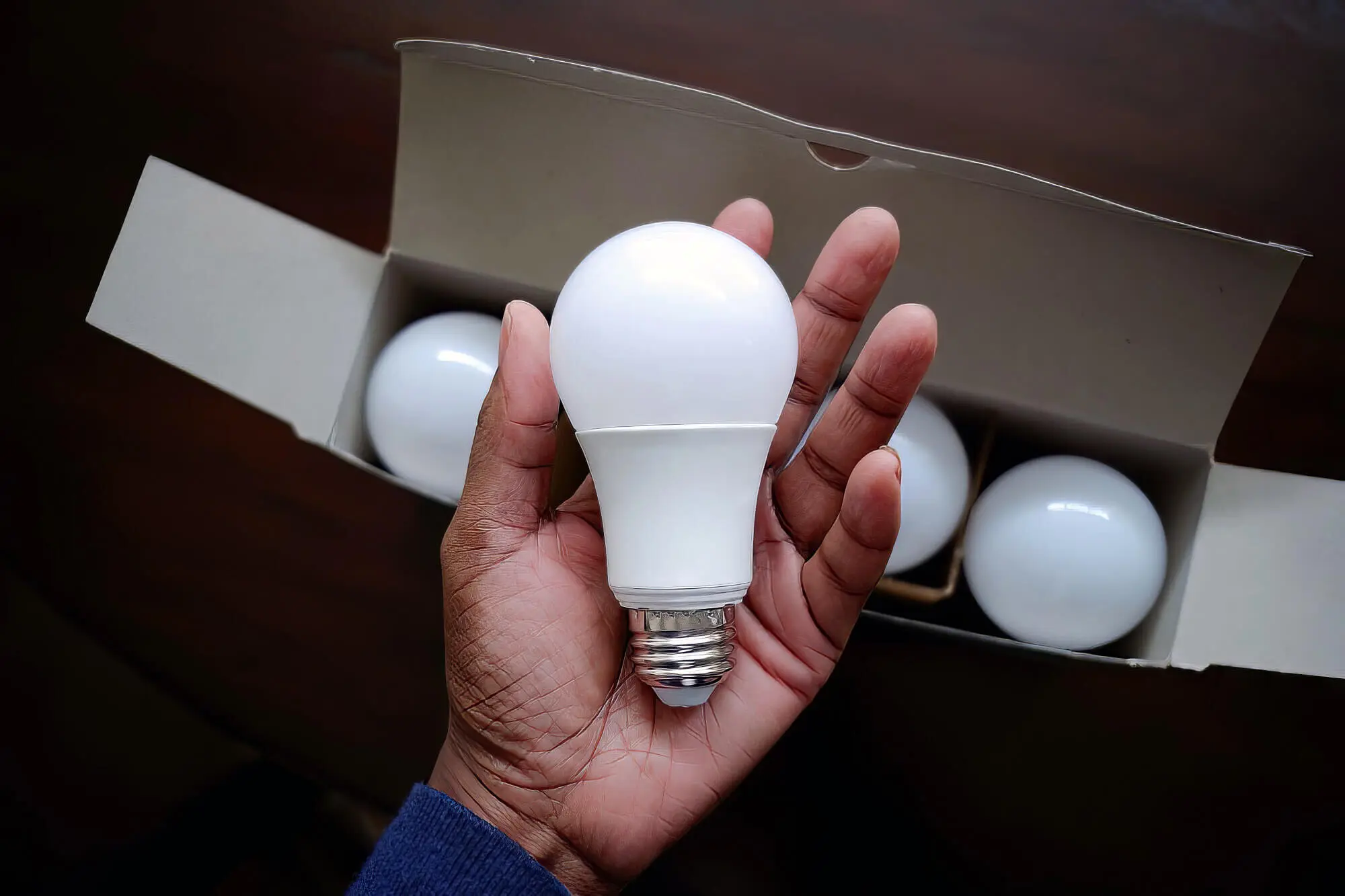
Our recommendation is to replace incandescent lights with energy-efficient options like LEDs. These variants use 25-80% less energy than the former and are designed to last much longer.
You can even consider choosing bulbs that use solar panels for solar power as their energy source. These light fixtures can further help you reduce your energy bills, saving energy.
Life today is almost impossible without installing a few electrical appliances (if not many) at home. Much energy consumption is directly related to appliances like hot and cold water systems, air conditioning, heating and cooling systems, etc.
You must pay close attention to two things to ensure that electricity costs do not burn a hole in your pockets. First, take a look at the price of an appliance. Second, remember to take its operating costs into account. If the energy ratings are high, rest assured that you will be able to save a lot on the annual operating costs even when the purchasing price of the products is high.
When you’re in the market for energy-saving gadgets, check for those star labels. More stars mean better efficiency.
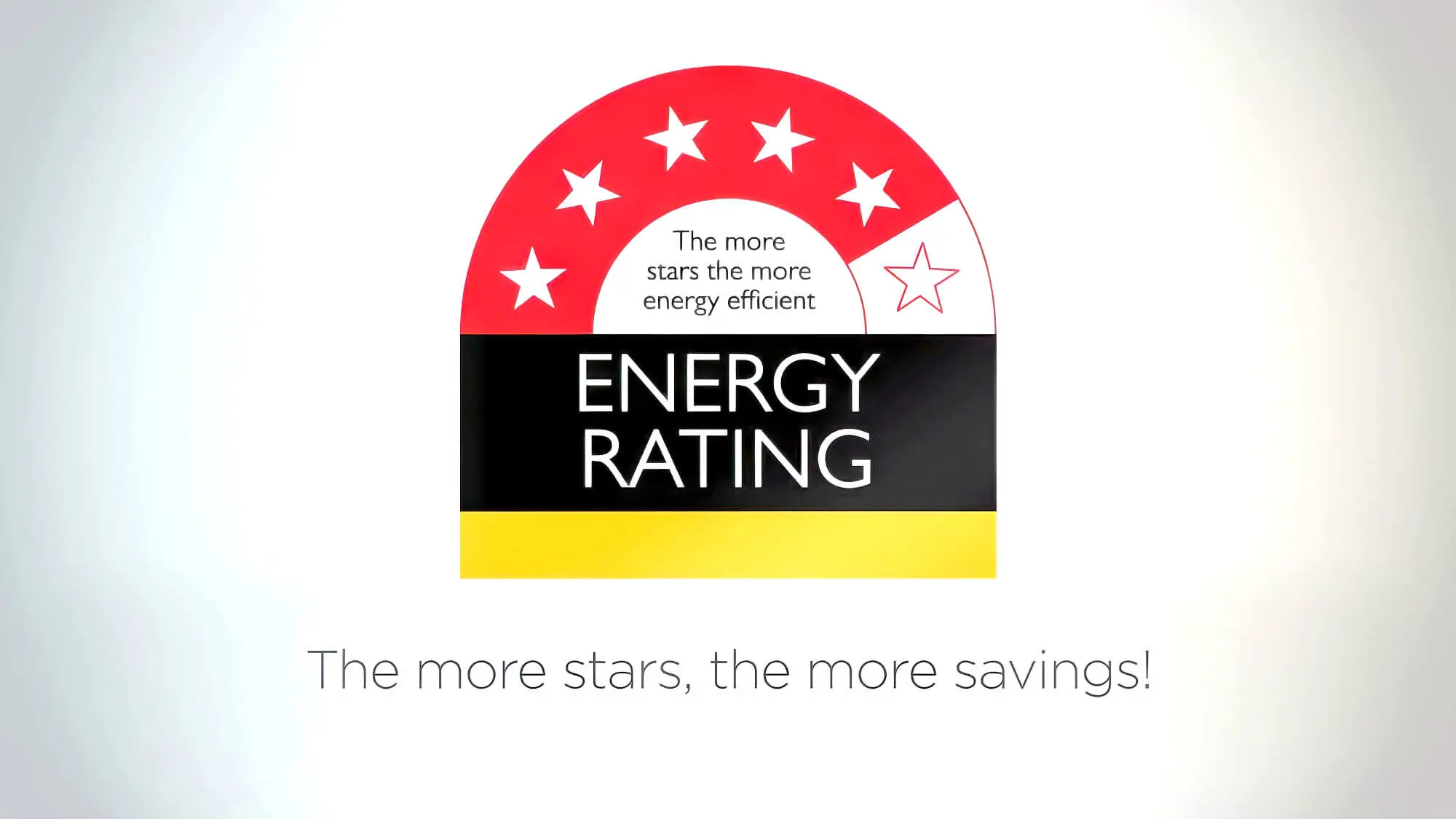
Water heaters are a significant source of household electricity consumption; only some have a solar hot water system installed. So, how do you save electricity and reduce your carbon footprint?
To reduce the electricity bills, you can switch on the water heater less frequently, keep turning the hot water thermostat down occasionally, or insulate the pipes. You can also take shorter showers to avoid wasting enTo reduce running costs, ou can consider replacing the older hot water system model with a n costs. When purchasing a new water heater, check if it is energy-efficient and meets your requirements.
For instance, small families should consider switching to tankless water heaters. This will ensure that the machine heats only the water needed and that no electricity is wasted.
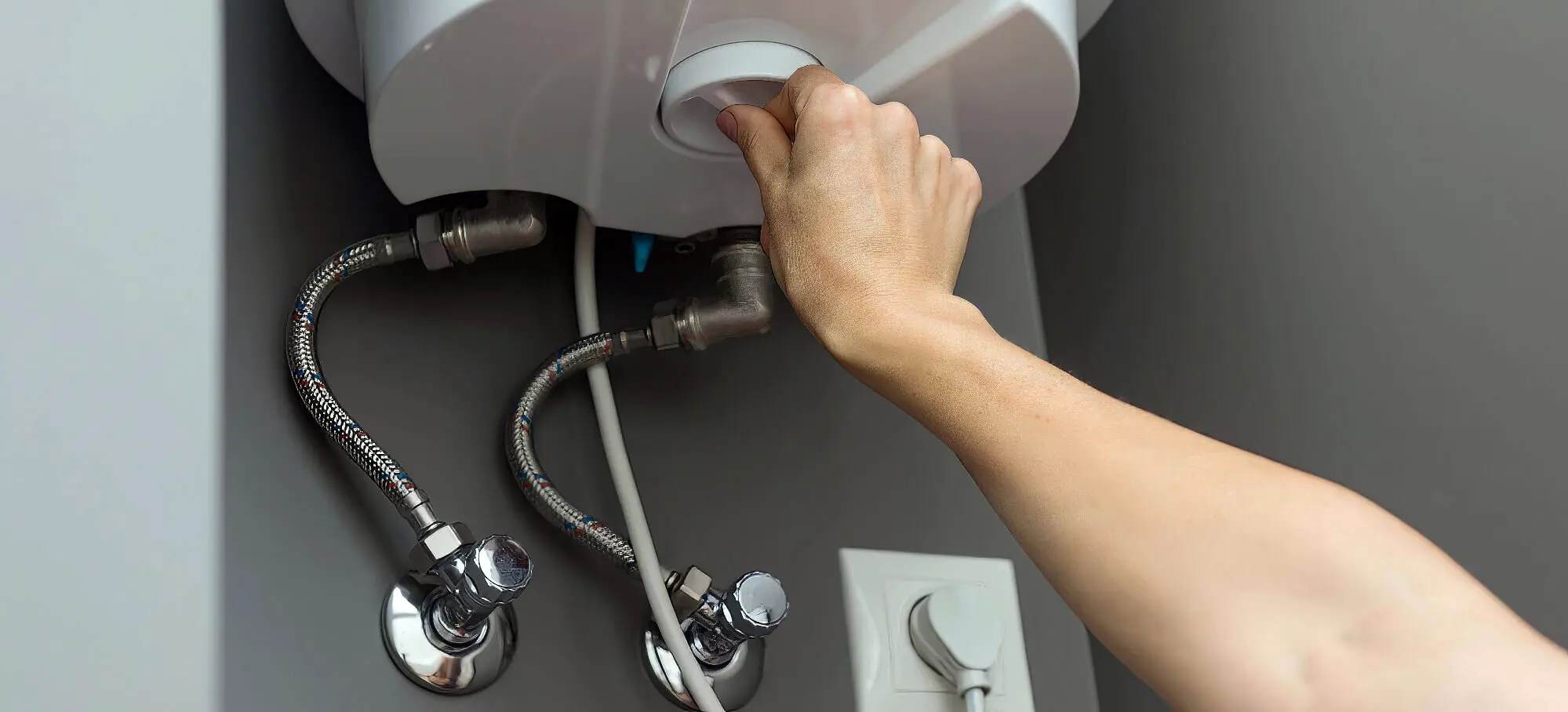
However, these devices are not ideal for large families as they cannot manage the simultaneous need for high water loads. In this case, you can opt for a larger tank where the water will heat up in one go. Then, you can switch off the heater and use the water from the tank. In this way, you can limit your water usage.
Another point to note is that the newer models you find on the market help save energy more than their older counterparts. Always make sure that you check their power wattage before you make the purchase.
Energy efficiency is easy (if you know how). Our suggestions will be in vain if you have poorly insulated or open windows that let cold air in. These make the heaters work extra hard to ensure the temperature is comfortable within the home but increase your power bills.
Also, consider investing in more energy-saving appliances. And get them serviced occasionally to prevent any significant damages. It would be best to consider things like your fridge temperature and pool pump. And make sure to shop around to choose the best energy retailer.
If you’ve exhausted all options and those bills are still climbing, reach out to Bright Force Electrical. Our top-notch team can pinpoint what’s driving up your electricity costs. Our Sydney electricians will inspect your power points and perform regular maintenance to keep your appliances running efficiently. Hope you found our energy-saving tips handy!
Catch you later!
Did you enjoy reading our article “Energy Saving Tips At Home”? We have many related articles you may also be interested in reading, like the below:
Proper appliance installation plays a key role in energy efficiency. Learn practical tips to reduce energy consumption and lower your utility costs with every new installation.
Read MoreSmart meters are revolutionising how we manage home energy use. Learn how these devices provide real-time data, helping you cut down on energy waste, reduce costs, and gain better control over your household consumption. Explore the benefits of smart meters and see how they can transform your energy efficiency strategy.
Read MoreMake your home smarter and more energy-efficient with these efficient tips and tricks for smart home automation. From smart thermostats to LED lights, discover how technology can help you save money and reduce your environmental impact.
Read MoreWe will call back as soon as possible.
